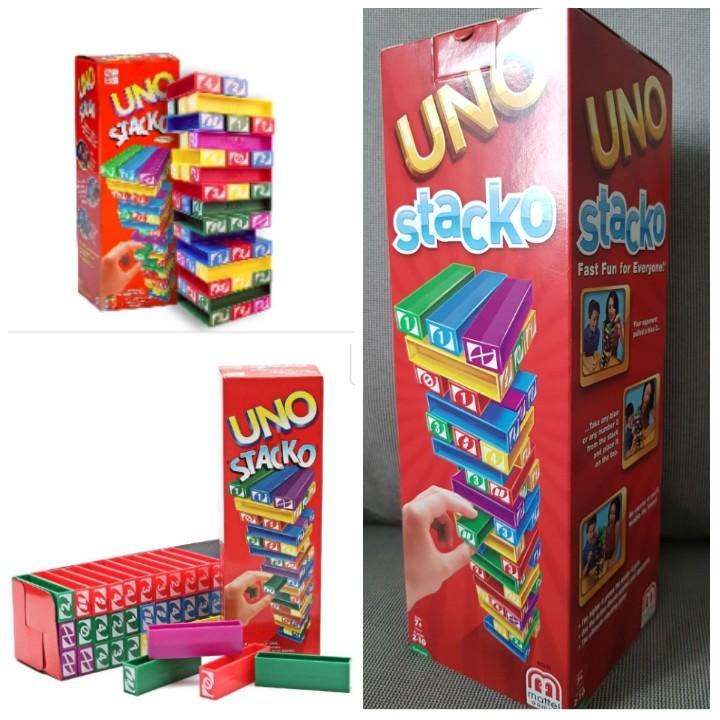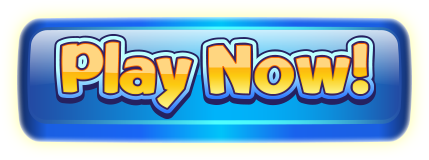Mar 03, 2020 A False UNO, meaning that a player forgets to call UNO before touching the discard pile, results in a three-shot penalty. Moral of the story: Do not forget to call UNO. There are various Etsy shops to get the Drunk UNO Game, but Bowtastic Designs Shop has around 150 near-perfect reviews. Your order will include the UNO cards. YIAI BTS UNO Cards Game Get Wild Phase 10 Skip Bo Dos UNO Flip Photo Card Set Playing Card Decks Game (Flip), Free Size 4.7 out of 5 stars 192 $7.00 $ 7. Fanduel bet on games.


The time is near to start reviewing all of the wonderful lessons we have covered! I have several parts to the final, including an interpersonal speaking assessment. Generally students are the most nervous for this part, so I like to give them plenty of practice to calm their nerves. Here are two modified games to practice speaking.
JENGA
In small groups (3-5) they play JENGA using the standard rules. The only change is that every block has a number. They also have a paper numbered 1-54 with vocabulary or phrases. Since JENGA has 54 tiles, I find it works best for review.
I don't want them translating, so I ask them to say three phrases about whichever one they pull. So if a student pulls out block 7 (the beach), then they could say 'my favorite is Daytona, there is sand, I wear a bathing suit, it's hot, I like to snorkel there (in target language). It helps to remind them of 'who, what, where, when, why, how, etc.'
Uno Jenga Rules
UNO
You can do a similar activity with UNO by assigning a word to the numbers. There are less numbers so this works better to practice new vocabulary. If they can't do it, they could draw four cards.
I hope these will add some excitement to your reviews lessons this year!
Any other review games that they love??

Uno Stacko

UNO Stacko is one of the many variations of the card gameUno. This game is a block-stacking tower game which combines the gameplay of Uno and that of Jenga. There are two versions of the game: the earlier version requires the use of a die, while later versions eliminate the die, making the game play closer to Jenga.
Gameplay[edit]
Uno Stacko is played in a similar style to Jenga. There are 51 Uno Stacko blocks in each set, typically made of plastic and are colored red, yellow, green, blue and violet. Earlier versions of the game have the blocks numbered 1 to 4, while later versions added blocks bearing the Draw Two, Reverse, and Skip symbols. Later versions also include purple Wild blocks, which serve the same purpose as the Wild and Wild Draw Four cards in the parent game. Unlike Jenga blocks however, they look like hollow girders, making the tower more unstable as the game progresses.The earlier versions of Uno Stacko include a die, called the Uno Cube, the faces of which bear the following:
- Red 1
- Blue 2
- Green 3
- Yellow 4
- Reverse
- Draw Two
When a colored number turns up, the player pulls a block having the same color or number as the side indicated. For instance, if a player rolls Yellow 4, the player must pull a block which is either yellow or bears the number 4. When 'Reverse' turns up, the direction of play is reversed. 'Draw Two' forces the player to pull any two blocks and place them on the top of the tower.
Later versions of the game eliminate the Uno Cube. As a result, when a player pulls a block and places it on the top of the tower, the color and number or symbol of that block determines what color or number or symbol of the block the next player should pull out. While the 'Reverse' and 'Draw Two' blocks serve the same purpose as their respective counterpart faces in the Uno Cube, the Skip blocks pass the play to the player next to the next player. When a Purple Wild block is pulled by a player, that player names the color of the block the next player should pull out.
As in Jenga, the game ends when the tower collapses and the person whose last move did not cause the collapse wins.
External links[edit]
- MyPeopleConnection Review of Jenga Includes Uno Stacko as a 'Jenga clone'

The time is near to start reviewing all of the wonderful lessons we have covered! I have several parts to the final, including an interpersonal speaking assessment. Generally students are the most nervous for this part, so I like to give them plenty of practice to calm their nerves. Here are two modified games to practice speaking.
JENGA
In small groups (3-5) they play JENGA using the standard rules. The only change is that every block has a number. They also have a paper numbered 1-54 with vocabulary or phrases. Since JENGA has 54 tiles, I find it works best for review.
I don't want them translating, so I ask them to say three phrases about whichever one they pull. So if a student pulls out block 7 (the beach), then they could say 'my favorite is Daytona, there is sand, I wear a bathing suit, it's hot, I like to snorkel there (in target language). It helps to remind them of 'who, what, where, when, why, how, etc.'
Uno Jenga Rules
UNO
You can do a similar activity with UNO by assigning a word to the numbers. There are less numbers so this works better to practice new vocabulary. If they can't do it, they could draw four cards.
I hope these will add some excitement to your reviews lessons this year!
Any other review games that they love??
Uno Stacko
UNO Stacko is one of the many variations of the card gameUno. This game is a block-stacking tower game which combines the gameplay of Uno and that of Jenga. There are two versions of the game: the earlier version requires the use of a die, while later versions eliminate the die, making the game play closer to Jenga.
Gameplay[edit]
Uno Stacko is played in a similar style to Jenga. There are 51 Uno Stacko blocks in each set, typically made of plastic and are colored red, yellow, green, blue and violet. Earlier versions of the game have the blocks numbered 1 to 4, while later versions added blocks bearing the Draw Two, Reverse, and Skip symbols. Later versions also include purple Wild blocks, which serve the same purpose as the Wild and Wild Draw Four cards in the parent game. Unlike Jenga blocks however, they look like hollow girders, making the tower more unstable as the game progresses.The earlier versions of Uno Stacko include a die, called the Uno Cube, the faces of which bear the following:
- Red 1
- Blue 2
- Green 3
- Yellow 4
- Reverse
- Draw Two
When a colored number turns up, the player pulls a block having the same color or number as the side indicated. For instance, if a player rolls Yellow 4, the player must pull a block which is either yellow or bears the number 4. When 'Reverse' turns up, the direction of play is reversed. 'Draw Two' forces the player to pull any two blocks and place them on the top of the tower.
Later versions of the game eliminate the Uno Cube. As a result, when a player pulls a block and places it on the top of the tower, the color and number or symbol of that block determines what color or number or symbol of the block the next player should pull out. While the 'Reverse' and 'Draw Two' blocks serve the same purpose as their respective counterpart faces in the Uno Cube, the Skip blocks pass the play to the player next to the next player. When a Purple Wild block is pulled by a player, that player names the color of the block the next player should pull out.
As in Jenga, the game ends when the tower collapses and the person whose last move did not cause the collapse wins.
External links[edit]
- MyPeopleConnection Review of Jenga Includes Uno Stacko as a 'Jenga clone'
